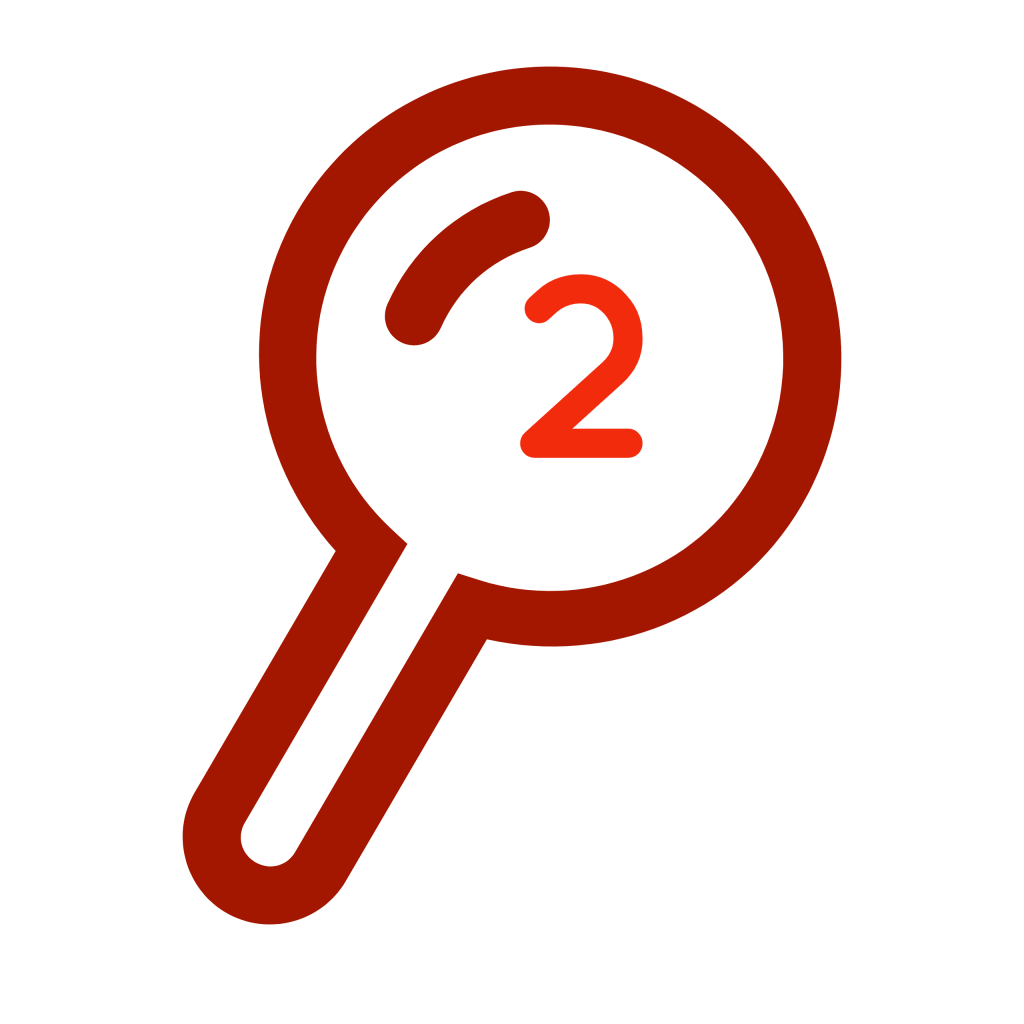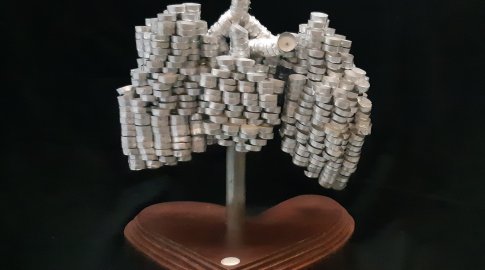Checking for testicular cancer
Every year around 2,500 men are diagnosed with testicular cancer in the UK. Cases have risen by 27 per cent since the 1990s. However, it is one of the least deadly cancers if caught early enough, with a 98 per cent survival rate, making it vital for men to regularly check for lumps. Here’s our guide to checking yourself or your partner.
Unfortunately, having pulmonary hypertension doesn’t mean you’re less likely to develop another disease, so it’s important to be aware of general wellbeing.
Iain Armstrong, Chair, PHA UK

The best time to check yourself is after a shower or bath as your skin is most relaxed

Examine one testicle at a time by taking the testicle between your thumb and first two fingers and roll with consistent gentle pressure. Feel for any lumps or changes in shape, size or consistency. A lump can be about the size of a pea but may be larger.

Familiarise yourself with the epididymis towards the back of the testicle. It should feel rope like and tender to pressure – this is a normal lump.

Most men have one testicle that is larger than the other or find that one testicle may hang lower than the other. This is very typical and is definitely not a reason to worry.
What should I do if I find a lump?
If you notice a change or you feel a lump, don’t panic, but do have it checked by your GP. Research has shown that less than 4% of testicular lumps or swellings are cancerous, so any lumps you find could be completely normal, but it’s still important to have them checked as soon as possible.
What if the lump is found to be cancerous?
The most common treatment for testicular cancer is an orchidectomy, which is an operation to remove the cancerous testicle completely. In most cases, no chemotherapy or radiotherapy is required, but you will be closely monitored for the next two to three years.
For more information on testicular cancer, visit www.nhs.co.uk.
















